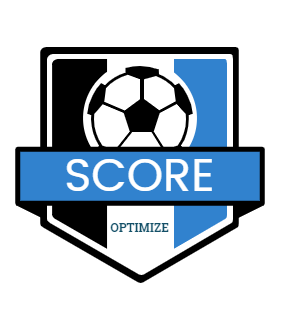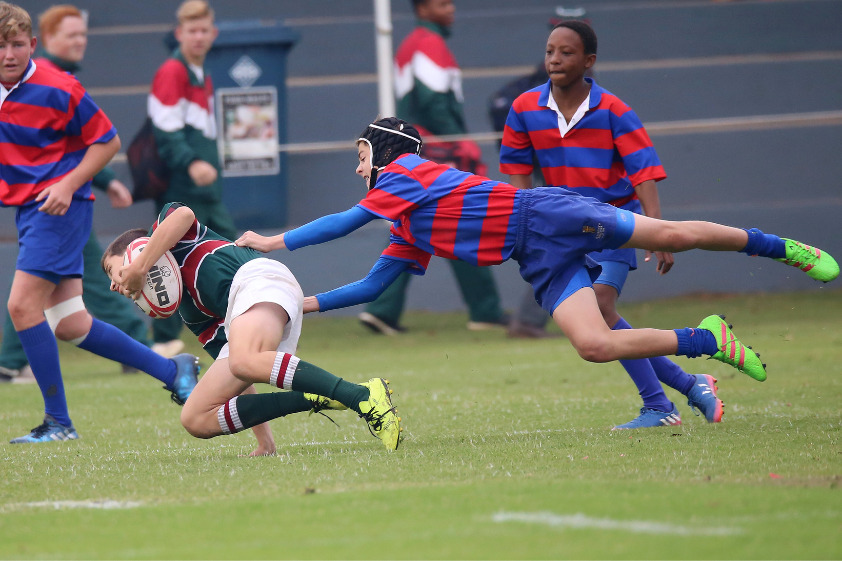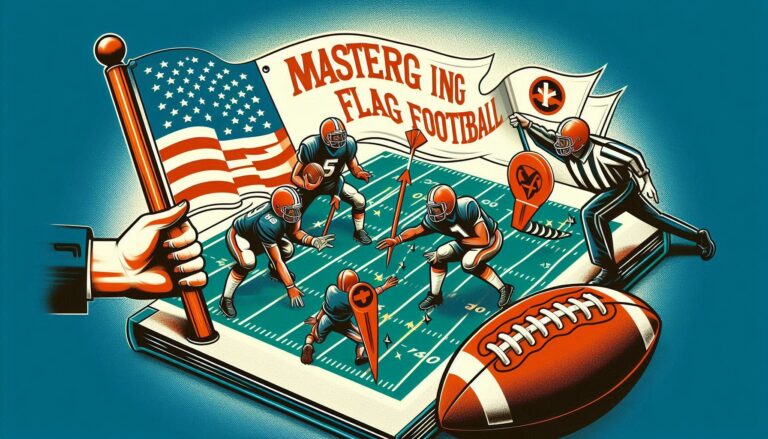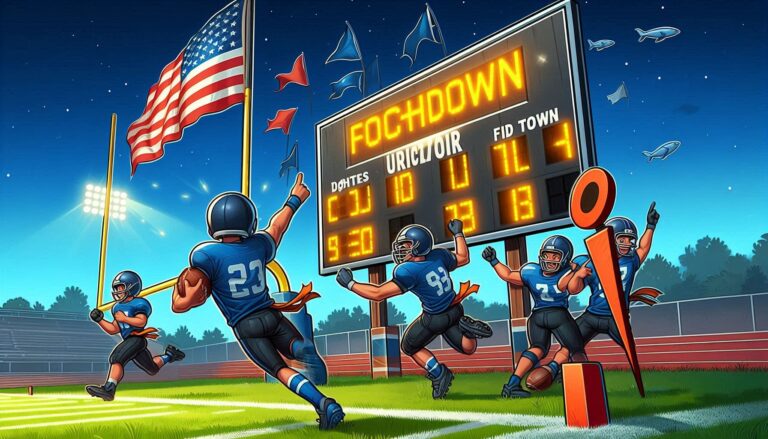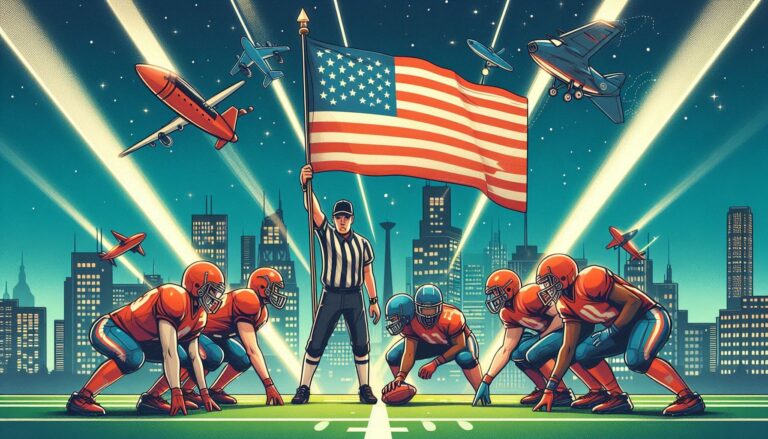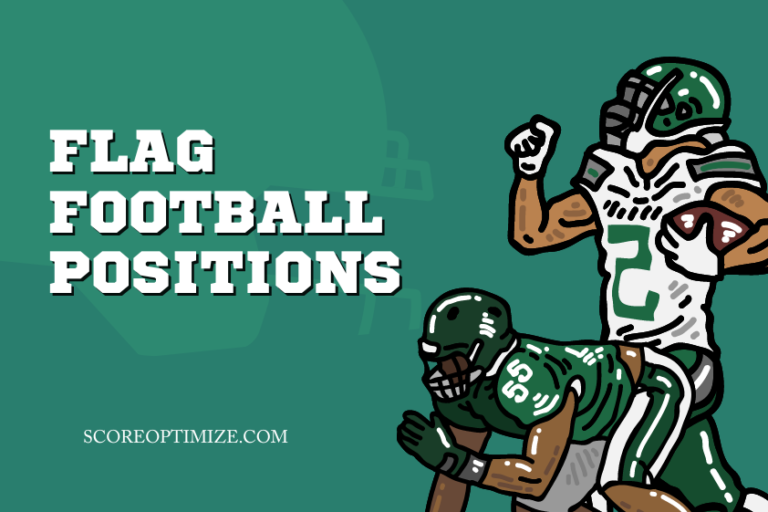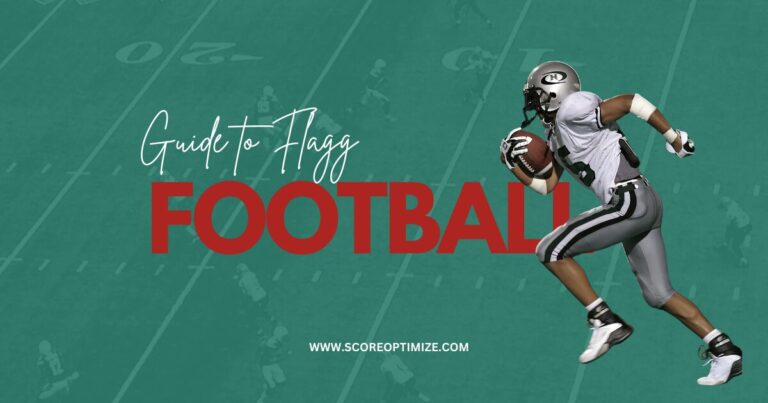Flag football is all about strategy and teamwork. The importance of minds over muscles is one of the reasons I love flag football. The game moves fast and frequently in strange ways. Therefore, in the field, intelligence is a more valuable asset than physical strength.
The number of players in a flag football game determines the positions of each player. There are five to eight of these; the fewer these you are, the more versatility you require. Similar to a regular football player, the quarterback helm the offense. Running backs, wide receivers, and centers all assist the quarterback. Rushers, defensive backs, and safeties are on the other side. Examine what each of these can bring to the team by getting involved
Quarterback: The Field General
The quarterback is the offensive team’s brains; he or she plans plays and completes passes. This job requires great decision-making abilities in addition to a powerful throwing arm. Here’s a closer look at the function of the quarterback
Responsibilities:
- Takes the snap from the center and initiates the play.
- Scans the field for open receivers.
- Throws accurate passes to teammates.
- Determines the best strategy to advance the ball.
Key Skills:
- Strong arm for accurate and powerful throws.
- Quick decision-making abilities.
- Leadership skills to guide the offense.
- Ability to read opposing defenses.
Wide Receiver: The Speedy Playmaker
There are usually one or two wide receivers on the field in flag football. Wide receivers may escape defenders and create up-scoring opportunities with their quickness and flexibility. These players liven up the game because they are excellent at catching passes.
NFL wide receivers Tyreek Hill, Davante Adams, and Couper Cup are among the most productive. Outstanding athleticism is another trait these visually appealing players have in common. Let’s examine their responsibilities in more detail:
Responsibilities:
- Run precise routes to create separation from defenders.
- Catch passes from the quarterback.
- Make quick decisions after the catch for maximum yardage.
- Block defenders to create openings for teammates.

Key Skills:
- Speed and agility to outmaneuver defenders.
- Excellent hand-eye coordination for catching passes.
- Route-running precision.
- Ability to make split-second decisions.
Running Back: The Versatile Athlete
In flag football, running backs play two roles: they can carry the ball and catch passes. Because of their versatility, they are an essential component of the offense. He usually lines up behind the quarterback to receive the ball on a handoff. He then attempts to outpace the defense in order to score a touchdown.
The following is an outline of their duties:
Responsibilities:
- Carry the ball and gain yardage on rushing plays.
- Catch passes out of the backfield.
- Provide pass protection by blocking defenders.
- Read the defense to identify gaps and exploit them.
Key Skills:
- Quick acceleration and agility.
- Solid ball-carrying and route-running skills.
- Awareness and vision to find running lanes.
- Effective blocking techniques.
Offensive Linemen: The Foundation of the Offense
Even though there is no physical contact in flag football, offensive linemen are still very important in protecting the quarterback and setting up plays for the offense. Even though they might not get much credit, their work is invaluable.. Here are their responsibilities:
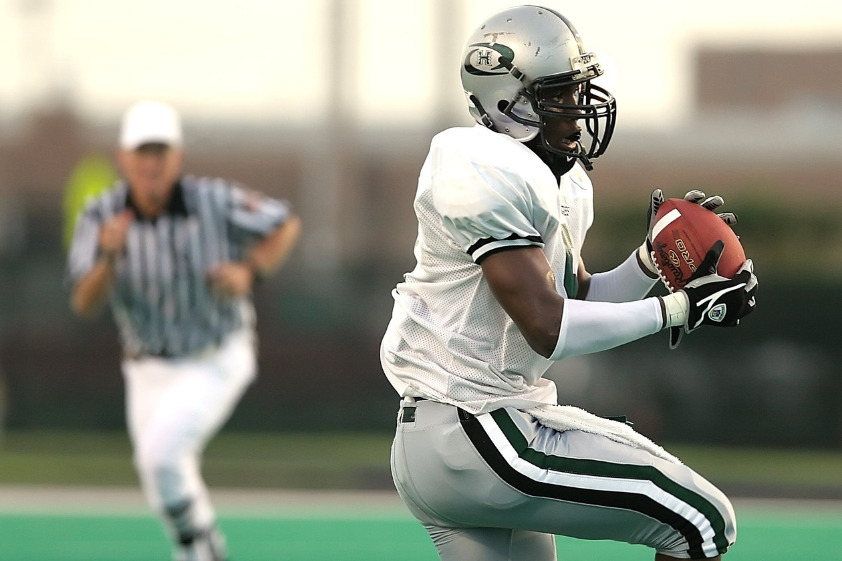
Responsibilities:
- Protect the quarterback from opposing defenders.
- Create a clear path for the running back on rushing plays.
- Work collaboratively to form a solid line of defense.
- React quickly to opposing defensive maneuvers.
Key Skills:
- Strength and agility.
- Communication and teamwork.
- Understanding of blocking techniques.
- Ability to adapt to different defensive strategies.
Defensive Back: The Pass Defender
Defensive backs’ main duty is to stop the offense of the other team from scoring. They try to intercept passes and disrupt passes with their quickness and agility.
Let’s take a closer look at their responsibilities:
Responsibilities:
- Defend against pass plays by covering wide receivers.
- Intercept passes to regain possession for the team.
- Tackle ball carriers to prevent advancement.
- Disrupt the timing of the opposing team’s offense.
Key Skills:
- Quickness and agility to match up against receivers.
- Excellent ball-tracking skills.
- Solid tackling abilities.
Ability to read the quarterback’s intentions
Linebacker: The Defensive Anchor
Linebackers serve as the backbone of the defense, working to neutralize both rushing and passing plays. With their versatility and awareness, linebackers play a pivotal role in flag football. Here’s a closer look at their responsibilities:
Responsibilities:
- Stop running backs from making significant gains.
- Defend against short passes and screen plays.
- Provide support in coverage and tackle receivers.
- Communicate defensive adjustments to teammates.
Key Skills:
- Speed and agility to chase down ball carriers.
- Strong tackling ability.
- Awareness to read plays and react quickly.
- Leadership skills to help coordinate the defense.
FAQs: What Are All of the Questions Regarding Football Flag Positions?

Can The Quarterback Run In Flag Football?
In most youth leagues, the quarterback is not allowed to run in flag football (with the ball). They have to pass forward or to a receiver who is behind the line of scrimmage. They can, however, run after passing the ball in order to receive a pass.
Is Jumping Permitted In Flag Football?
Diving and jumping are not allowed in flag football. You cannot keep an opponent from pulling the flag or push their hand away once you have the ball.
What Does Flag Football’s Safety Mean?
In flag football, the defensive quarterback is a safety. He is in charge of covering deep passes and putting an end to runs.
Conclusion
Understanding the various flag football positions is crucial for players looking to excel on the field. Flag football is a great game for those who want to enjoy the benefits of football without full-contact tackling. It requires fewer players, so it’s perfect for small get-togethers. By mastering your assigned role and working seamlessly with your teammates, you’ll enhance your chances of victory.
By understanding the roles and responsibilities of each position, players can enhance their contributions to the team. Whether you’re on offense or defense, there’s a flag football position for everyone. Each player has to play a part to ensure the team’s success. Especially with the reduced number of players in flag football, there’s no room to mess. Let the games begin!
